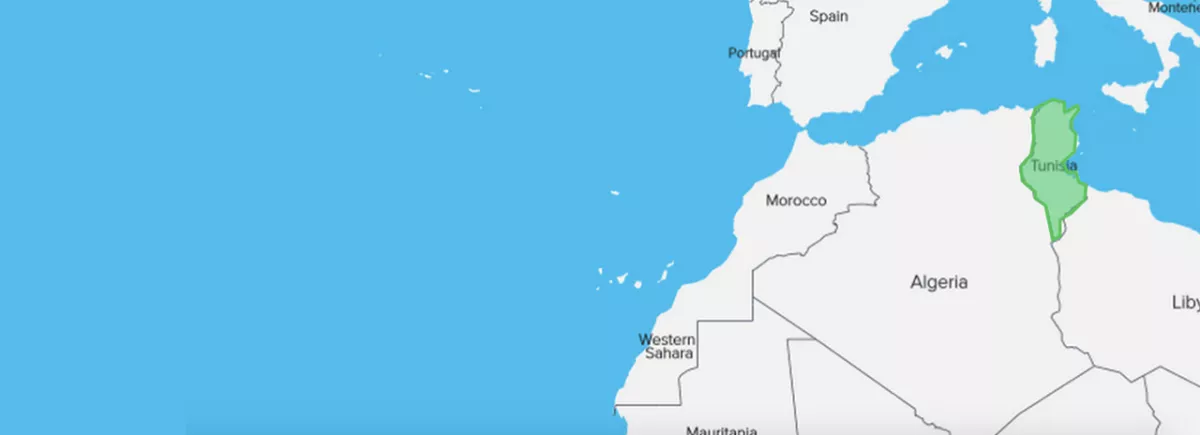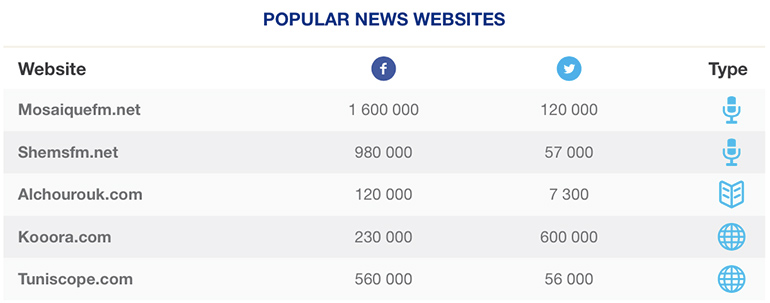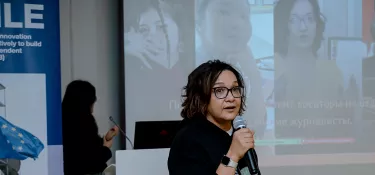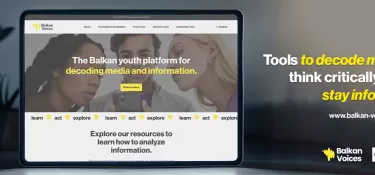
Online media overview: Tunisia
This sheetprovides asummary presentationof thecountry'secosystemof online media.
ESSENTIAL FACTS
> Freedom of expression and the opening-up of the press sector are considered to be two of the principal achievements of the revolution, but anxiety persists concerning censorship and the surveillance technologies still in place.
> The online media sector is experiencing dramatic growth, with around 180 active news websites, including numerous local online radio channels.
> The online media landscape is, however, still dominated by the traditional media (radio stations and paper-format dailies) launched under Ben Ali.
> Facebook is used by practically all Tunisian Internet users (4.6 million users) and for most of them is their point of access to the Internet.
> Part of the online media landscape is developing within Facebook, with a number of highly popular news pages.
> Facebook and pure players are often information battle grounds, feeding on false information, insults and unverified "scoops", which are rapidly relayed to create a buzz.
> Online advertising revenue is very low and there is often pressure from advertisers to shape editorial content, which motivates news websites to experiment with innovative economic models.

News websites to watch:
Nawaat, Inkyfada, Tuniscope, Tunisia Live, Tunisie Bondy Blog.

METHODOLOGY
Each country file starts with four indicators to illustrate the environment within which the online media are evolving:
- Internet penetration level, according to the 2013 figures from the International Telecommunications Union (ITU)
- Online advertising revenue per Internet user per annum, for 2015, according to Arab Media Outlook projections cross-referenced with the ITU statistics
- The 2015 Work Press Freedom Index compiled by Reporters without Borders
- The Freedom of the Net 2014 Index, compiled by Freedom House
The above four indicators are represented graphically in the four quarters of a "sonar" screen, in which the coloured area is proportional to the absolute value (in the case of Internet penetration level) or relative value (in the case of word press and Internet freedom scores and for advertising revenue) across the sample for the eight indicator countries.
A table then lists the five principal news websites most visited in that country, in accordance with the Alexa platform ranking.
For each of these news websites we indicate the following:
- The website URL
- The number of Likes on its Facebook page
- The number of its followers on Twitter
- The type of news website:



